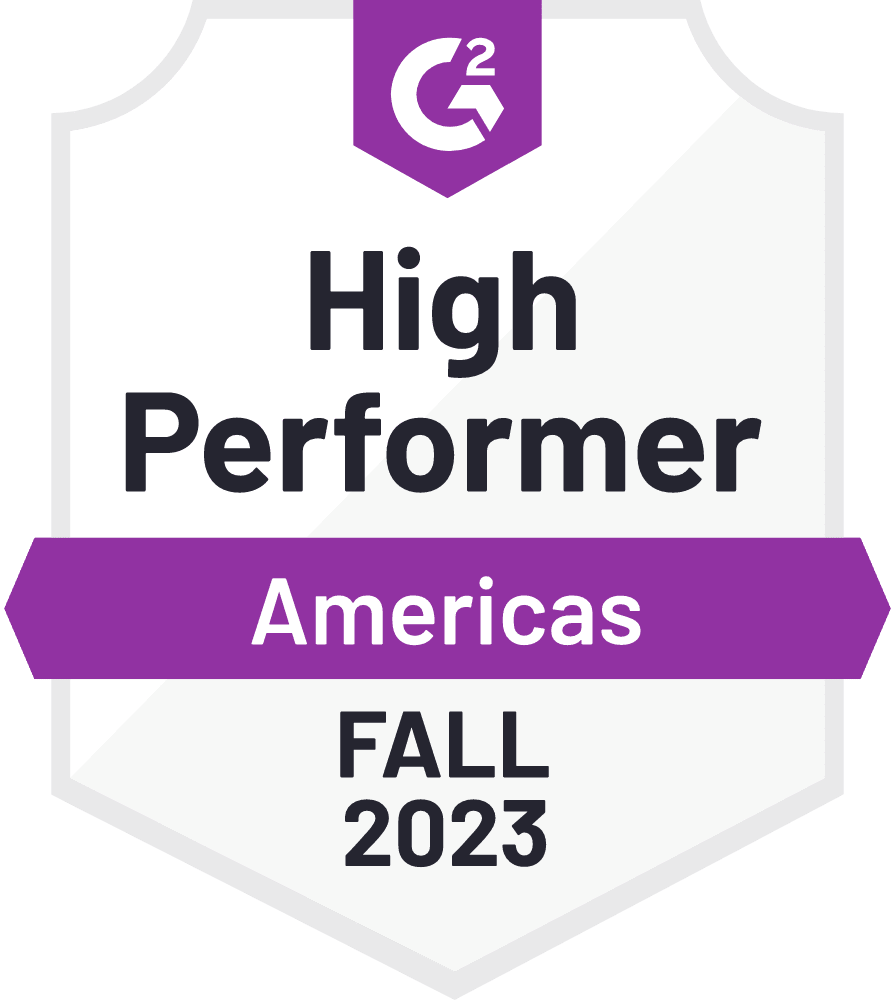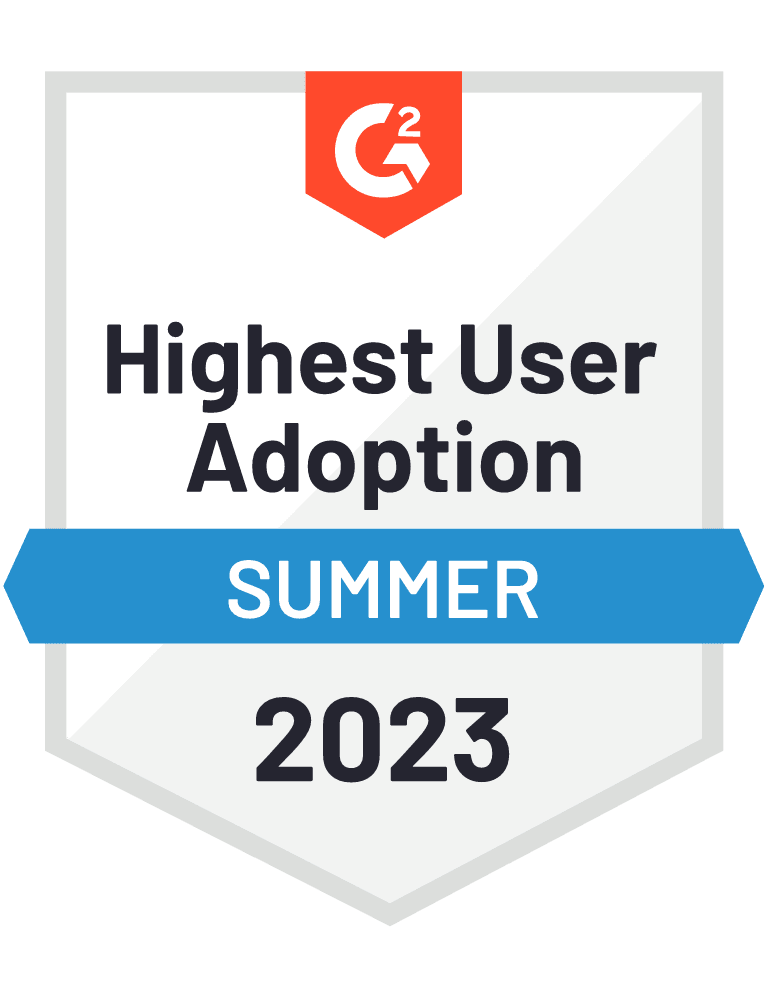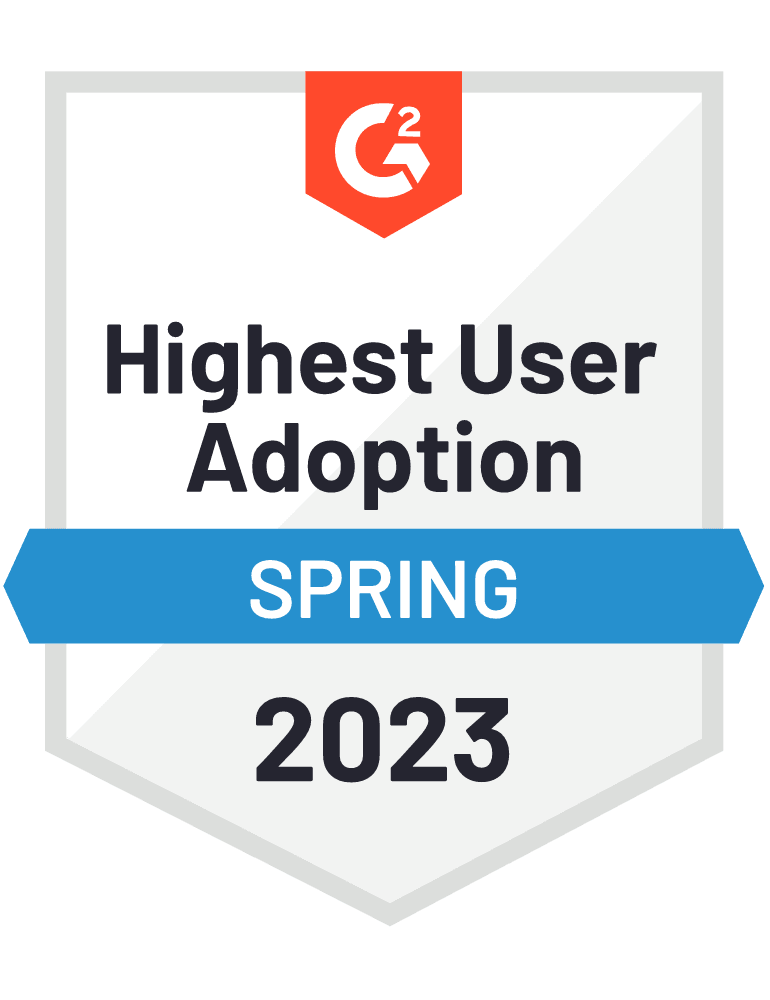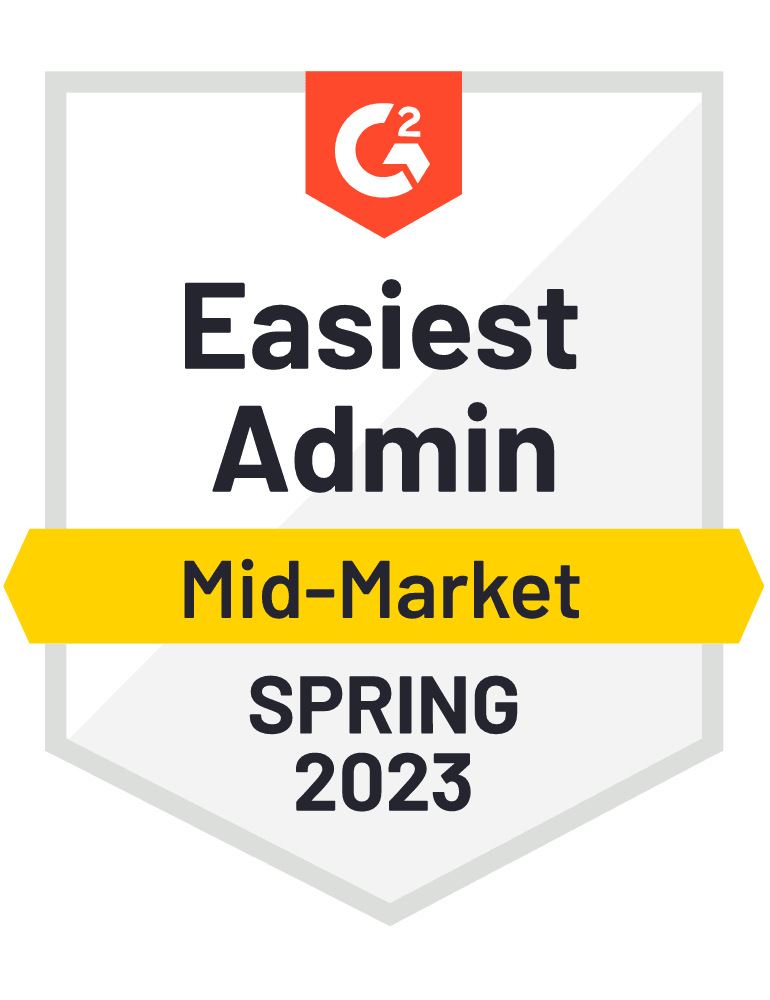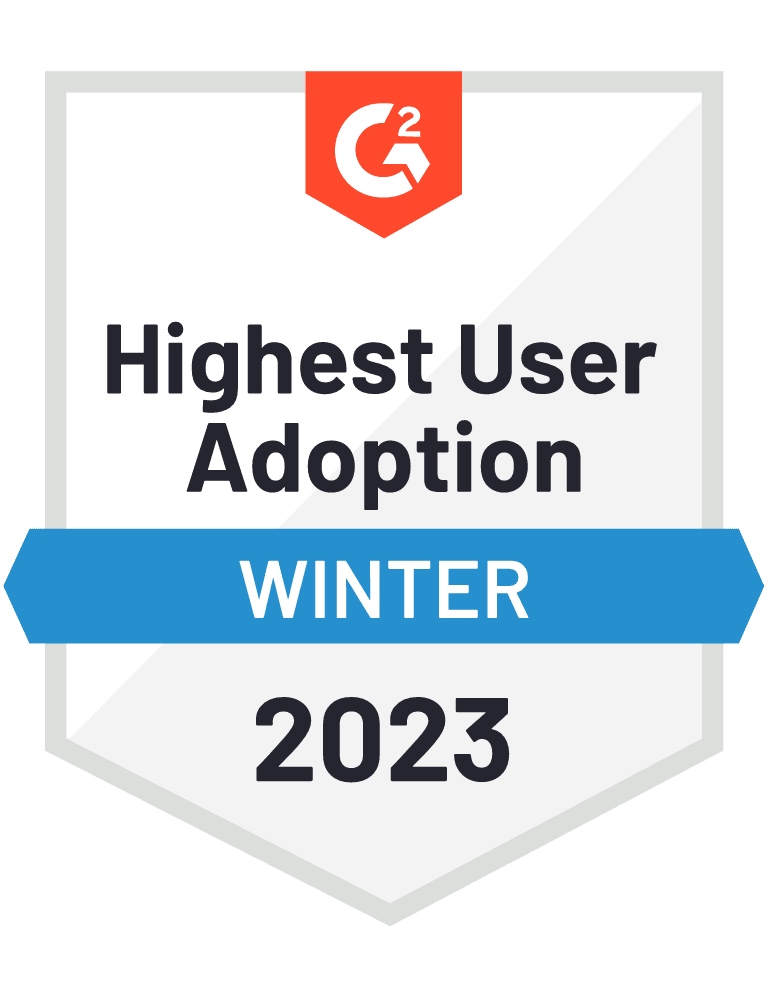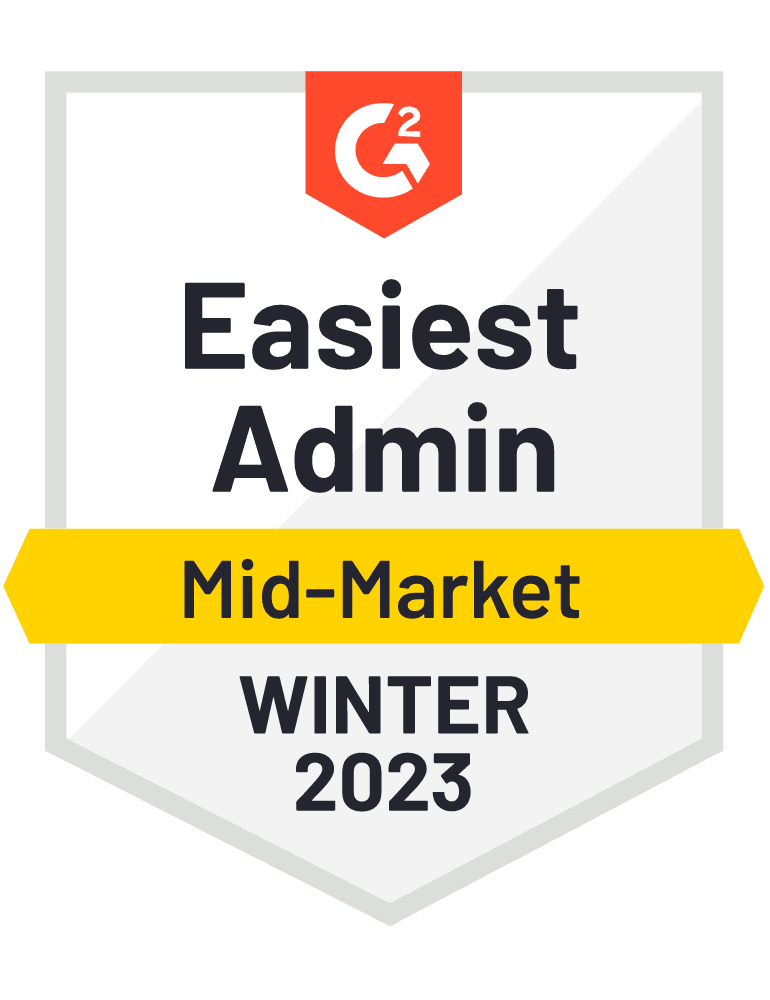I’m sure we can all remember receiving our first paycheck and thinking, “I don’t even know what all of these taxes are and where this money is going.” Chances are, if you worked outside of the world of home care, your paycheck was probably pretty simple and you were able to figure it out over time: gross – taxes – deductions = net pay is the payroll equation we all became familiar with. Soon enough, we would be cashing our checks without even bothering to look at our paystubs again – provided the net looked right each pay period.
Today, home care agencies need to focus some more time and effort on pay transparency. First of all, companies like Amazon and Walmart have boosted their minimum wages to $15 an hour, and home care agencies may find that they’re losing caregivers to other industries, not just to other agencies. With all of the competition for talent, it has become critical to not only have competitive wages but to also have an open line of communication about pay and how it’s calculated. That is where the power of the paystub comes in.
Reading a caregiver paystub, however, can be daunting and confusing. So, here’s a quick rundown of all those big terms that show up on each and every paystub that you can make your caregivers aware of:
Gross Pay
The total amount of money earned before deductions are taken from the check. Usually, this number will not be the same as the amount on the paycheck.
Net Pay
The amount of money taken home after Uncle Sam takes his cut, Social Security and Medicare contributions have been made, and other withholdings are taken.
Social Security Taxes
Contributes to coverage of the Social Security system. The Social Security rate is 6.20% for 2021, and all employers contribute another 6.20% on behalf of the employee.
Medicare Taxes
Similar to Social Security taxes and are mandatory. The rate of Medicare withholdings is 1.45%, and all employers contribute another 1.45% on behalf of the employee.
Federal Income Taxes
Determined by the information provided on the W-4 when the employee is first hired. This amount approximates what is owed to the Federal government when it is time to file income taxes and is taken incrementally from each paycheck.
State/Local Income Taxes
Varies from state to state as well as some localities. The amount is also deducted from the paycheck in the same way Federal taxes are to cover the amount of taxes owed to the state/municipality come tax season.
Time Off
Leave time includes vacation days, PTO (paid time off), or sick days. This will include how many hours have been used to date and how many hours remain for the year.
ACA/Insurance
Taken from the paycheck depending on the type of health and/or life insurance that is offered. This deduction varies based on the type of plan.
Retirement Contributions
Those such as 401(k)s or 403(b)s show the amount contributed to either of these deferred compensation plans.
Expense Reimbursements
This is a big one, especially for caregivers – they would like to see that they are being reimbursed for company expenses or if they are being reimbursed for travel.
These are other common abbreviations on the paystubs:
-
- YTD: Year-to-Date
- FIT or FWT: Federal Tax Withheld
- SIT or SWT: State Tax Withheld
- SS or SSWT: Social Security Tax Withheld
- MT or Medi: Medicare Tax Withheld
And now, let’s take it one step further and get caregiver specific with what you should also include. You’ll want to work with a payroll solutions provider that is geared towards providing maximum paystub transparency to increase your employee satisfaction.
Pay Transparency for Caregivers
Disclose Overtime Rates:
In the home health care industry, aides often work different cases at different rates. But the Federal Fair Labor Standards Act (FLSA) requires that overtime be paid at “time-and-one-half” of the regular rate. Which rate is the regular rate when so many different rates apply?
The compliant way is to use a blended, or weighted average, rate, and to disclose all applicable rates to your employees on their paystubs – the rates for each job AND the blended rate on which their overtime premium is based.
Display State-Specific Pay Requirements:
New York mandates home health agencies (HHAs) to pay spread of hours premium and 7th day overtime to aides when applicable. New York also requires wage parity payments of base, additional, and supplemental rates. California requires HHAs to pay daily overtime, as well as 6th and 7th day premiums in certain cases. And many states have wage theft prevention laws with varying requirements for paystub disclosure. The point here is that states have their own requirements, and the paystub is never one size fits all across the country.
The rule is: it’s not enough just to pay it – you must also disclose it – so be sure that your paystubs clearly spell out how much employees are receiving for each premium. The last thing you want, or need, is for a disgruntled employee to register a complaint with a state department of labor for inadequate pay.
Even if you have carefully reviewed all state-specific labor laws and are compliant in paying employees everything they deserve, if your paystub doesn’t itemize and disclose pay premiums properly, you can have major headaches in a labor investigation and potentially face fines for non-disclosure upon audit.
With the highest level of transparency, you will eliminate unnecessary questions to your payroll administrator, increase your caregiver retention, and avoid labor investigations . . . saving you many headaches in the long run.
This information is for educational purposes only, and not to provide specific legal advice. This may not reflect the most recent developments in the law and may not be applicable to a particular situation or jurisdiction.





